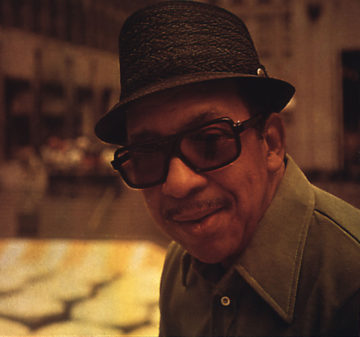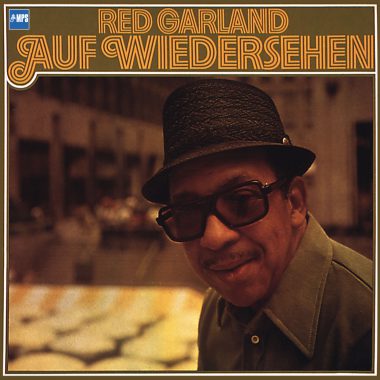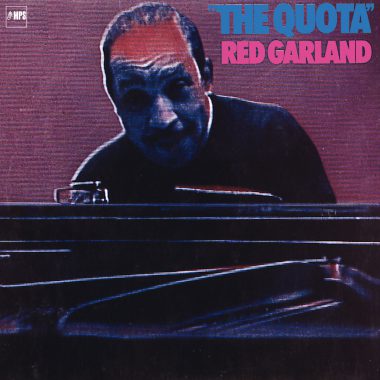Biography
Pianist Red Garland’s place in the jazz pantheon is secure through his work with Miles Davis’ First Great Quintet (1955-58). His shimmering tone and sophisticated voicings contributed to the distinct sound of that group’s seminal recordings. In the next seven years he recorded over 40 albums, but abruptly left the New York scene in 1965, returning to his native Texas. Fortunately, in 1971 MPS brought Garland back to the Big Apple for a two-record date.
The Quota
The Quota shows off Red Garland’s communion with composer and saxophone great Jimmy Heath. The title piece, by Heath, puts forward a laid-back medium-tempo minor blues, with Heath’s eloquently passionate tenor and Garland’s ebullient, earthy piano sharing the solos. Henry Mancini’s Days of Wine and Roses is given an appropriate bitter-sweet tinge, while For Carl is a delightfully upbeat jazz waltz. Garland takes the melody and first solo On a Clear Day as the group romps through a gorgeously sunny rendition of this tune. Garland injects just the right amount of pathos in his unaccompanied intro to Cole Porter’s Love for Sale before Heath’s and Garland’s sizzling improvisations. The band scampers through the changes of The Squirrel, an up-tempo blues by the vital bop era composer Tad Dameron. Garland’s inimitable style didn’t change much with the times – some things are best left as they are!
Auf Wiedersehen
Auf Wiedersehen is in trio with the perfect complementary rhythm section: jazz greats Sam Jones on bass and drummer Roy Brooks. It starts off with Hobo Joe,a rocking, swinging Joe Henderson blues. The title piece is an original, a romantic ballad that has Garland saying a pianistic “goodbye” with a nod to Nat King Cole. A Night in Tunesia shows off an original interpretation of the Dizzy Gillespie classic, lending the melody a new Latin tinge before jumping into hard-swinging solos – after all, with Red, it’s about swing! Old Stinky Butt is a slow, down-home blues, good for a late night with the lights down low. Garland’s plays with the emotions by utilizing great dynamics and Jones shows how the blues should sound on the bass. All told, 6 pieces of consummate Garland.




